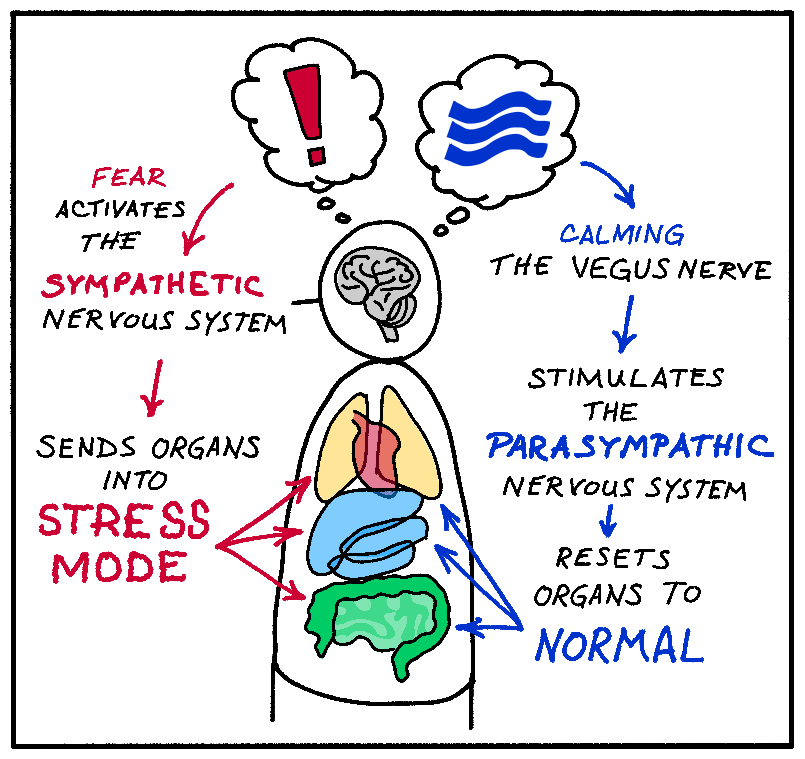Discipline IS Self Care
The Art of Applied Visual Thinking
When Discipline Becomes Love:
A Visual Thinking Approach
What if I told you that the discipline required to show up consistently isn't the opposite of self-care—it is self-care?
This might sound backwards. We're conditioned to see discipline as restrictive, demanding, even punishing. Self-care, on the other hand, feels soft, indulgent, restorative. They seem to live on opposite ends of the wellness spectrum.
But here's what I'm learning: they're actually the same thing.
A Moment That Changed My Perspective
Recently, I listened to a webinar with author Dushka Zapata https://www.quora.com/profile/Dushka-Zapata , and something she said completely reframed how I think about consistency. She was discussing her daily writing practice, and the way she talked about discipline was different from anything I'd heard before.
She didn't describe it as forcing herself or powering through. She talked about discipline as an act of care—a way of honoring what matters to her. The discipline wasn't against her impulses; it was for her growth and wellbeing.
That idea stuck with me for days.
I realized I'd been approaching my visual thinking practice and other helpful habits with an undertone of obligation and pressure. "I should sketch daily." "I need to get better." "I have to …" But what if we shifted that energy entirely?
What if showing up is an act of love? What if the discipline to practice isn't about productivity or improvement—it's about honoring what matters to you?
Why This Matters for Visual Thinkers
As people who use visual thinking, we know the power of reframing. We literally draw new perspectives. Yet many of us struggle with consistency in our practice because we're running on the wrong fuel: guilt, comparison, or pressure.
When discipline becomes self-care, everything changes.
For your visual thinking practice:
- Your morning sketching isn't a chore—it's how you process your thoughts and find clarity
- Protecting time for visual exploration isn't selfish—it's nurturing a skill that serves you
- Following through on your commitment to practice builds trust with yourself
- Structure doesn't limit creativity—it creates the space where visual thinking thrives
And this applies everywhere:
The same shift works for any habit that matters to you—exercise, finances, sleep, learning, boundaries. When you see discipline as caring for your future self rather than restricting your present self, sustainable change becomes possible.

Try This: The Discipline-as-Self-Care Venn Diagram
(5-10 minutes)
Let's use visual thinking to discover where discipline and self-care overlap—starting with your visual practice but expanding to your whole life.
Step 1: Draw two overlapping circles (Venn diagram)
- Label the left circle: "Positive actions I can take"
- Label the right circle: "What would feel like self-care"
- Leave the overlap section in the middle blank for now
Step 2: Fill the left circle with habits where you struggle with consistency: Start with your visual thinking practice (daily sketching? Using visuals in meetings? Keeping a visual journal?), then add other areas—exercise, sleep, finances, boundaries, whatever surfaces. Use simple words or quick icons.
Step 3: Fill the right circle with what would truly care for you:
- For visual thinking: Mental clarity? Creative confidence? Processing your thoughts? A sense of flow?
- For life: More energy? Peace of mind? Feeling in control? Better health? Financial security?
Don't overthink it—just capture what would genuinely feel caring and nurturing.
Step 4: Find the magic in the middle
- Look at each item in the left circle: would this disciplined habit create something you listed in the right circle? For instance, under "Where I need more discipline," perhaps "regular exercise" pairs with the self-care wish for "more energy."
- For each matching pair, circle or highlight the items in the left and right circles using a unique color or pattern.
- Write these connections in the middle section, such as "A daily walk gives me energy"
Example: "Daily sketching practice" connects to "mental clarity" and "creative confidence"

Step 5: Choose your visual thinking anchor
- Find your visual thinking habit in the overlap and highlight it
- Below your diagram, sketch one small, concrete action for this week
- Write: "This is how I care for myself through visual thinking"
Reflection: What surprises you about what ended up in the overlap? When you see discipline as self-care rather than self-improvement, how does your relationship with your visual practice and other habits shift?
Your Turn
We'd love to hear what you discover. If you try this activity, what connections surprise you? Does reframing discipline as self-care make it easier to show up—to your sketchbook or to other commitments?
And here's the question I'm sitting with this week: "What would be the most caring thing I could discipline myself to do?"
Sometimes love looks like keeping promises to yourself. And sometimes that promise is as simple as: "I'll spend 10 minutes with my sketchbook today."











